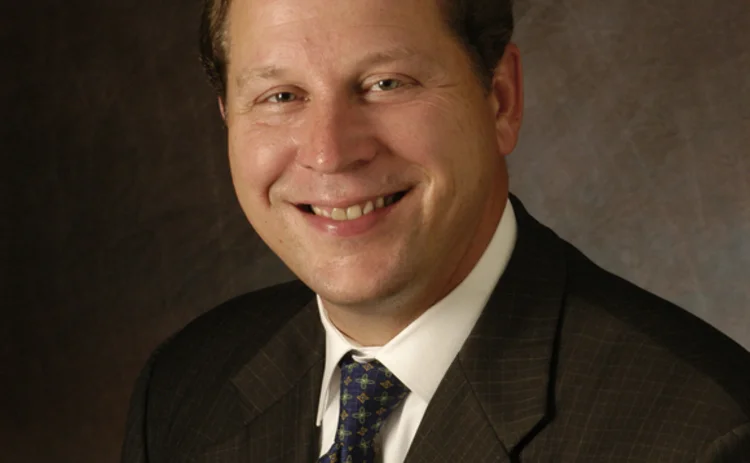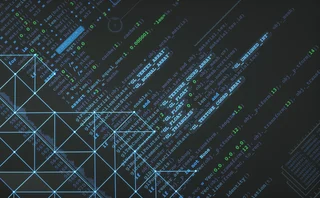Doing More with Less

What is financial technology fragmentation and how has it affected the asset management space in recent years?
David Hagen, Linedata: The asset management business has consolidated over the last five years. There have been a lot of acquisitions, and not just of people and assets, but of technology as well. As a result, firms today might have a couple of proprietary systems that they have maintained over the years, plus additional systems they have inherited through acquisitions. So there are firms with six, seven or more different order management systems (OMSs), a dozen execution management systems (EMSs) and multiple accounting systems. The impact is to make it nearly impossible to maintain adequate compliance and audit oversight and painful to make any business or systems changes.
How do companies typically manage these systems?
Hagen: In a word, typical firms manage these systems “badly,” but I will give you an example of a client who did it right. A couple of years back, one of our clients was acquired by another and both had different technology platforms. Rather than waiting to figure out how to integrate further down the line, the client took the time, effort and expense to evaluate the pros and cons of going with each solution. I am happy to say the company went with Linedata, but the point is that they recognized that the benefit of making a platform rationalization decision at the beginning outweighed the cost.
So there is a need for new technology that can consolidate many different systems across a company?
Hagen: Not necessarily. Ten years ago, data warehouses were going to solve the problems of multiple best of breed applications. While this worked for some, others found this approach added one more application to the stack and created the need to reconcile twice. Integration or consolidation technology might work for some, but to use an analogy, is this simply taking medicine to mask the symptoms? Integration or consolidation of technology does not reduce the third-party license fees, internal development and support costs, or the hardware, software and internal expertise required to keep all of the source applications up and running.
So how can platform rationalization help?
Hagen: Eliminating source applications reduces risk and frees up internal financial and human resources to focus on new things. Reducing cost is a budget rationalization approach for this kind of strategy, but the real benefits are the centralization of knowledge around fewer applications, increased flexibility, tighter operational controls and fewer systems for the user to log into every morning.
What about consolidating systems even further, for example, integrating an OMS and an EMS?
Hagen: I was at a conference not that long ago with about 70 head traders who were asked via a real-time survey if they would be interested in switching to an OMS/EMS combination that had the necessary speed and features, and 97 percent said yes. That certainly validates what we at Linedata have been working on for the past two years because that has been our strategy with Linedata Trader+. Launched last year, it eliminates the need to access multiple trading systems by providing advanced trading tools and execution management features, as well as compliance and market data tools, plus global connectivity to any broker.
But can this be done without losing functionality or certain strengths such as speed?
Hagen: Absolutely. You have to start with an OMS that has been designed to meet the most demanding firms in the world and then, through careful architecture and technology decisions, it is possible to build the EMS functionality in a way that provides all of the speed and benefits that an OMS can bring.
So what are the major benefits of such a system for your clients?
Hagen: Those clients that have started using our streamlined OMS/EMS platform are already very excited about it. Many of them say that a major benefit of a truly combined solution is the ability for everyone to work from the same underlying data. That is very important because it means there is no need to stage, everything is in sync and you have multi-trade-day continuity. Also, compliance and broker instructions stay intact and, of course, the overall user experience is better.
Financial technology fragmentation can really slow a company down. It’s crucial to work with your vendors to develop a solution that will allow you to benefit from the centralization of knowledge, cost reductions, streamlined workflows and a better, more unified user experience.
David Hagen is vice president, global trading technologies, Linedata. He can be reached on +1 617 912 4700 or www.linedata.com.
Only users who have a paid subscription or are part of a corporate subscription are able to print or copy content.
To access these options, along with all other subscription benefits, please contact info@waterstechnology.com or view our subscription options here: https://subscriptions.waterstechnology.com/subscribe
You are currently unable to print this content. Please contact info@waterstechnology.com to find out more.
You are currently unable to copy this content. Please contact info@waterstechnology.com to find out more.
Copyright Infopro Digital Limited. All rights reserved.
As outlined in our terms and conditions, https://www.infopro-digital.com/terms-and-conditions/subscriptions/ (point 2.4), printing is limited to a single copy.
If you would like to purchase additional rights please email info@waterstechnology.com
Copyright Infopro Digital Limited. All rights reserved.
You may share this content using our article tools. As outlined in our terms and conditions, https://www.infopro-digital.com/terms-and-conditions/subscriptions/ (clause 2.4), an Authorised User may only make one copy of the materials for their own personal use. You must also comply with the restrictions in clause 2.5.
If you would like to purchase additional rights please email info@waterstechnology.com
More on Trading Tech
TCB Data-Broadhead pairing highlights challenges of market data management
Waters Wrap: The vendors are hoping that blending TCB’s reporting infrastructure with Broadhead’s DLT-backed digital contract and auditing engine will be the cure for data rights management.
Robeco tests credit tool built in Bloomberg’s Python platform
This follows the asset manager’s participation in Bloomberg’s Code Crunch hackathon in Singapore, alongside other firms including LGT Investment Bank and university students.
FCA eyes equities tape, OpenAI and Capco team up, prediction markets gain steam, and more
The Waters Cooler: More tokenization, Ediphy lawsuit updates, Rimes teams up with Databricks, and more in this week’s news roundup.
Buy-side data heads push being on ‘right side’ of GenAI
Data heads at Man Group and Systematica Investments explain how GenAI has transformed the quant research process.
Technology alone is not enough for Europe’s T+1 push
Testing will be a key component of a successful implementation. However, the respective taskforces have yet to release more details on the testing schedules.
MayStreet founder says LSEG abandoned integration in new court filing
In response to LSEG’s motion to dismiss a lawsuit filed by the founder of one of its acquired companies, lawyers for Patrick Flannery have offered more details around communications between MayStreet and the exchange group.
As outages spread, it’s time to rethink how we view infrastructure technology
Waters Wrap: First AWS and then Azure. And these are only the most recent of significant outages. Anthony says a change is needed when it comes to calculating server migrations.
LLM firms come for finance, BMLL gets bought, LSEG users get Preqin feeds, and more
The Waters Cooler: Tradeweb completes fully electronic RFM swaptions trade, IBM cashes in on digital asset mania, and more frights and delights in this week’s news roundup.








